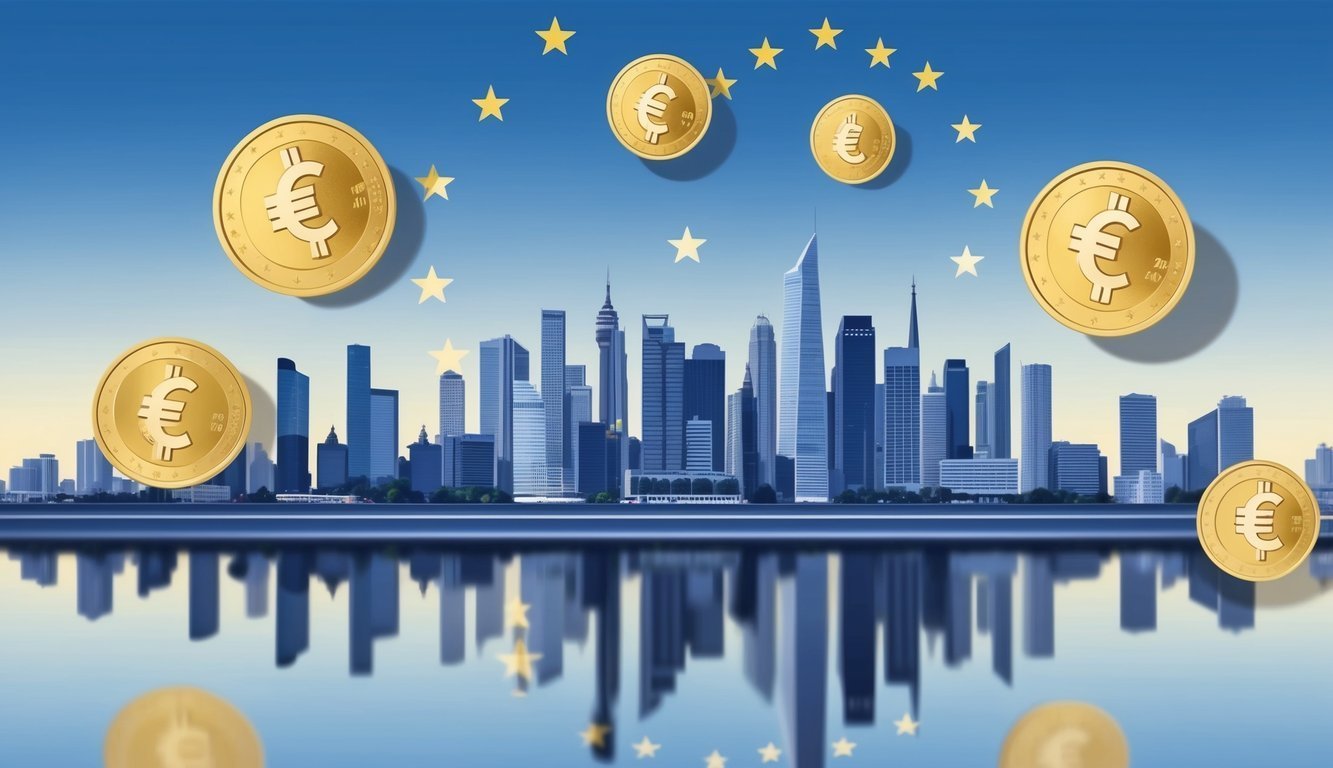Piero Cipollone, a board member of the European Central Bank (ECB), recently delivered a stirring address on the importance of exploring a digital euro for banks in the Eurozone. His remarks come shortly after former U.S. President Donald Trump urged the creation of stablecoins, cryptographic currencies tied to the U.S. dollar. This initiative was solidified by an executive order Trump released last Thursday.
Concerns Over Dollar-Backed Stablecoins
Cipollone expressed worry about the rise of dollar-backed stablecoins, suggesting that they could lure customers away from traditional banks. This shift could present a compelling case for the ECB to accelerate the development of its own digital currency as a way to address potential financial disintermediation.
At a conference in Frankfurt, Cipollone pointed out the significance of the term “worldwide” in Trump’s executive order, which reflects the global momentum behind stablecoins. He anticipates that this trend could lead to a greater loss of clients and fees for banks as customers seek more attractive alternatives.
The Digital Euro’s Role
Stablecoins, offering features similar to those of money market funds, allow users to access stable short-term interest rates, especially in U.S. dollars. In contrast, the proposed digital euro would operate as an online wallet managed by banks and supported by the ECB.
The aim for this digital currency is to streamline payment processes for users, particularly those without access to traditional banking services. However, it is expected that there may be limits on how much individuals can hold—likely capping at a few thousand euros—and these accounts would generally not accrue interest.
Concerns also loom large among banks about how a digital euro could impact their liquidity. There is apprehension that customers might choose to shift their funds into the ECB’s digital wallet, which could diminish the banks’ cash reserves.
Global Trends in Digital Currency
Currently, the ECB is in the process of investigating the operational facets of a digital euro. However, moving forward will hinge on the approval of necessary legislation by European policymakers.
In an interesting twist, Trump’s recent executive order also bars the Federal Reserve from launching its own central bank digital currency (CBDC), indicative of a broader trend evolving globally. Several countries, such as Nigeria, Jamaica, and the Bahamas, have already debuted their digital currencies.
Furthermore, 44 nations—including heavyweights like Russia, China, Australia, and Brazil—are now testing their own digital currency projects, as reported by the Atlantic Council think tank.
The discussion surrounding the need for a digital euro is gaining traction, particularly as stablecoins and other digital assets increasingly shape the competitive landscape within the European Union.
Should the ECB opt to advance the digital euro initiative, it could transform the banking sector in Europe, enhancing its competitiveness in our digital era. According to DeFiLlama, the total market capitalization of digital assets is around $3.52 trillion, with stablecoins representing about $215 billion of that sum.
Source: Bitcoinist





